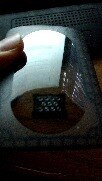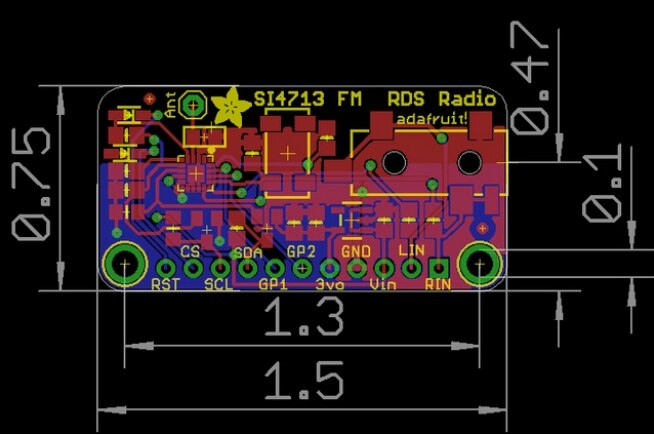Hello,
I am currently undertaking a project on my own. To develop a mod for my Moto Z Play.
Just to give you some background into this. I tried implementing the PiFM GPIO project with the band pass filter feature recently on a raspberry pi. I expreienced great success with this endeavor, and thought that I would be able to do something similar for my Moto Z Play. I currently have all of the development tools, and the hardware, but I am just doing research, having implemented the Blinky Project already.
I am currently reading through some of the Nuttx instructions, and purposes. The information given seems to show that the firmware contains the possibility for Audio signals being processed.
What advice would you have for an Engineering student getting into this. I would like to have some input at where I should go from the Blinky project. I want to have a mod that takes my phone's audio, and sends it out over different FM frequencies. Is this even possible?
Thanks!
David




